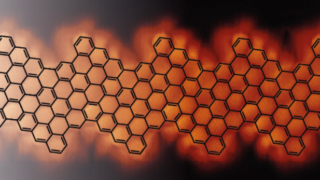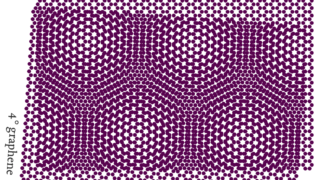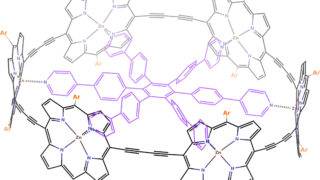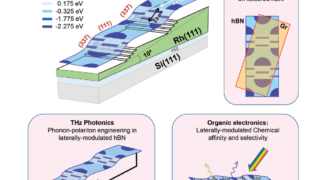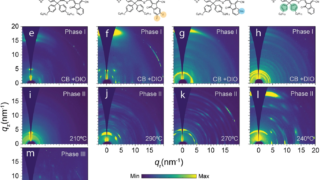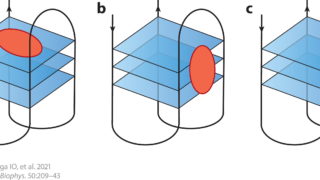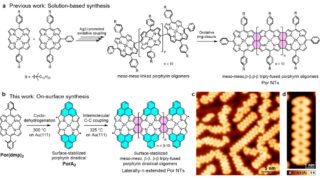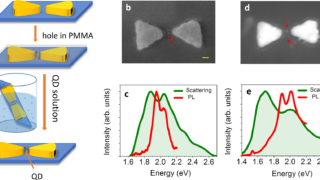
The unexpectedly rich excited-state dynamics of quantum dots in plasmonic cavities
CFM • DIPC • DIPC Photonics
Plasmonic cavities formed by metallic surfaces are nanostructures that confine light to dimensions far smaller than the free-space wavelength, as they mix optical fields with electronic excitations. I t was not until the 1990s, with the appearance of accurate and reliable nanofabrication techniques, that plasmonics blossomed. It was found then that local fields around nanostructures […]

